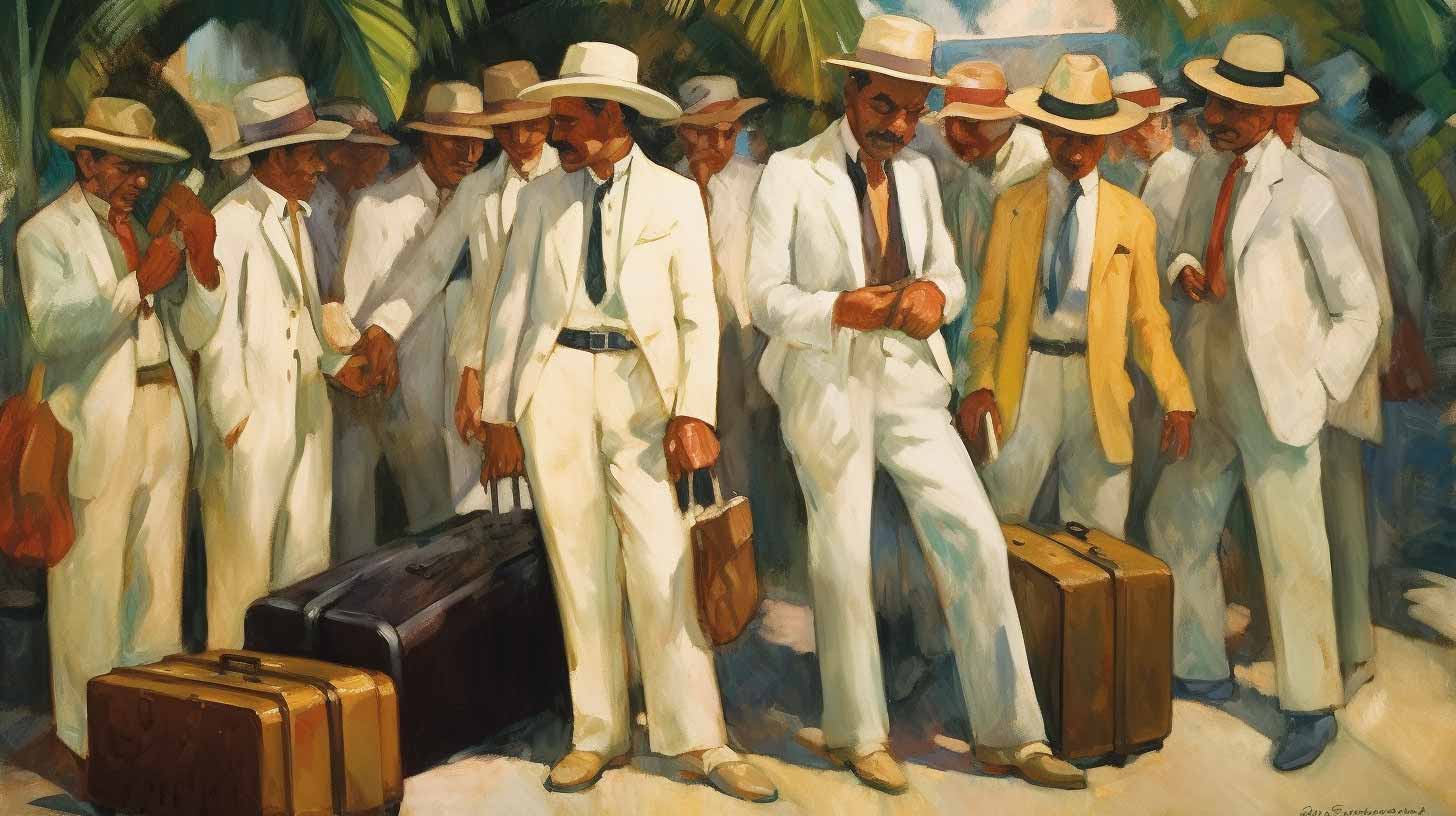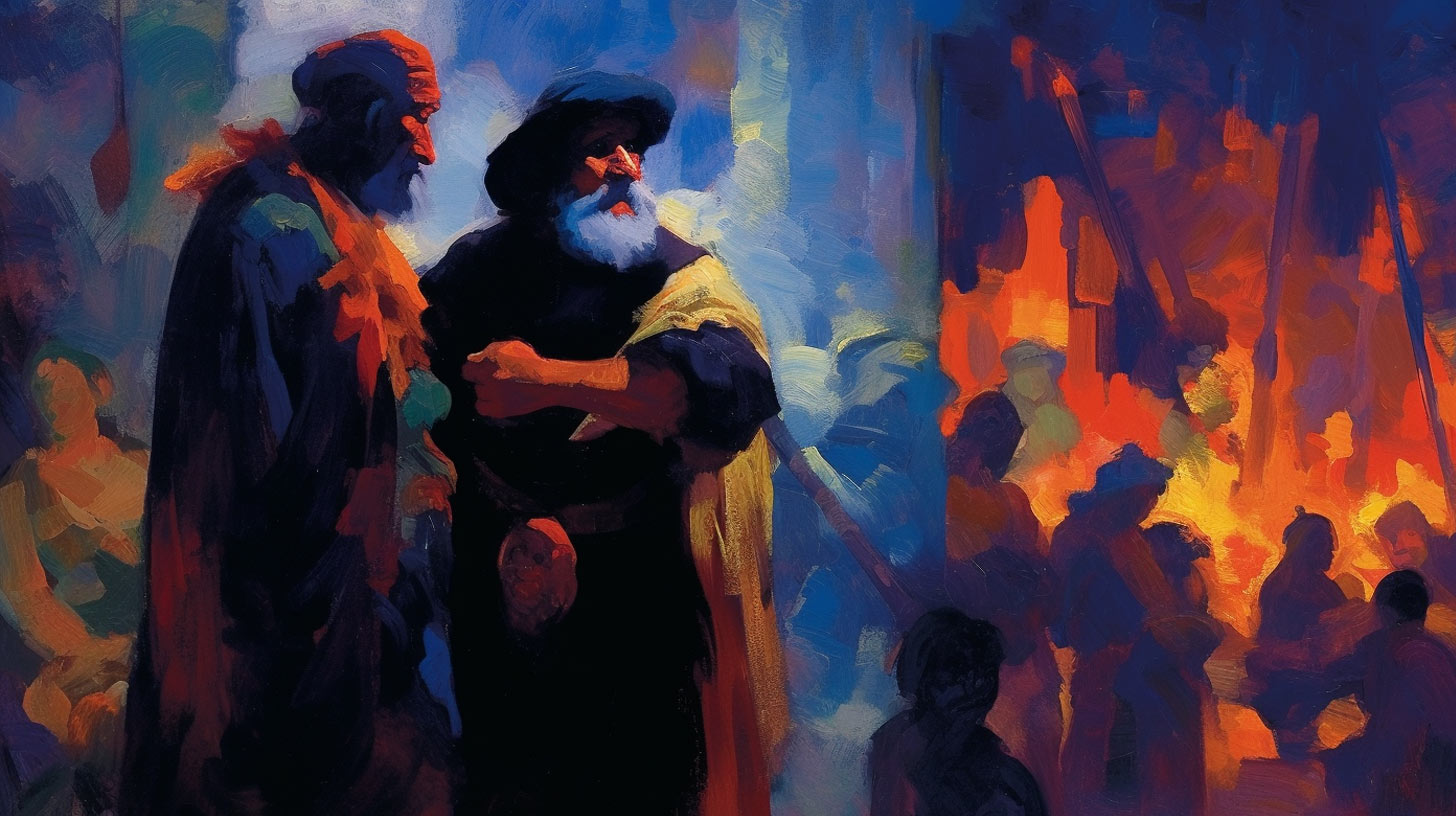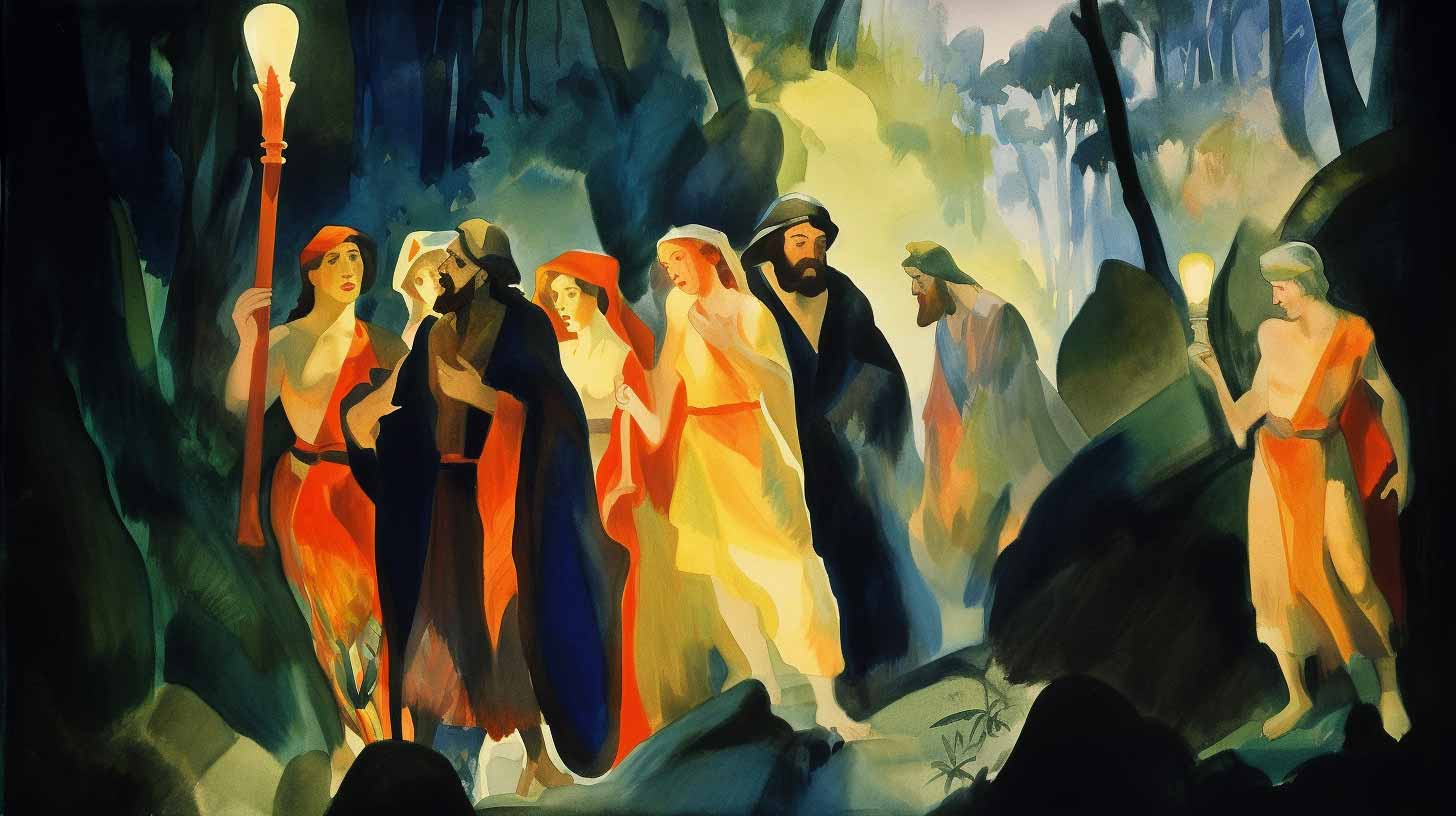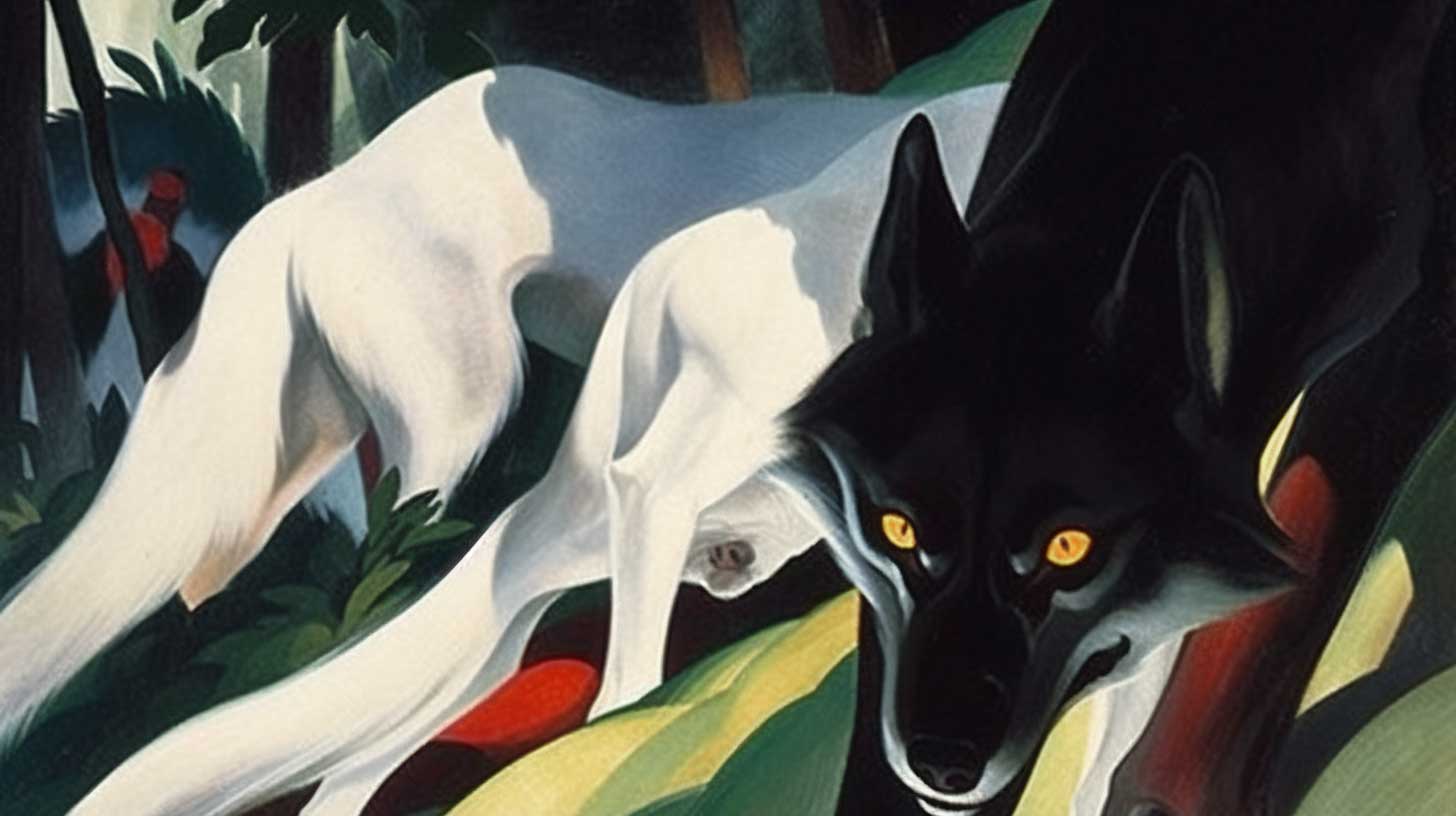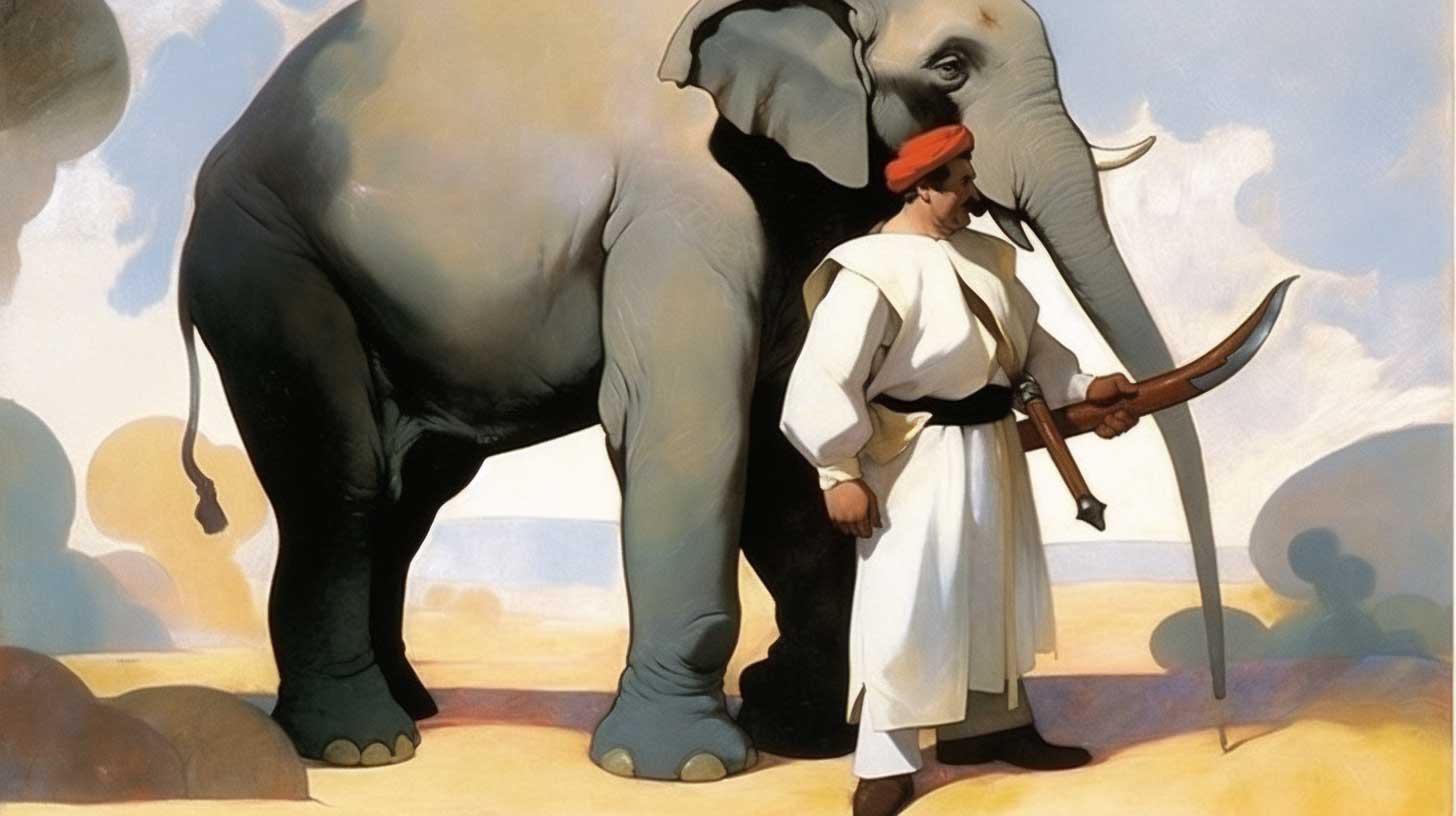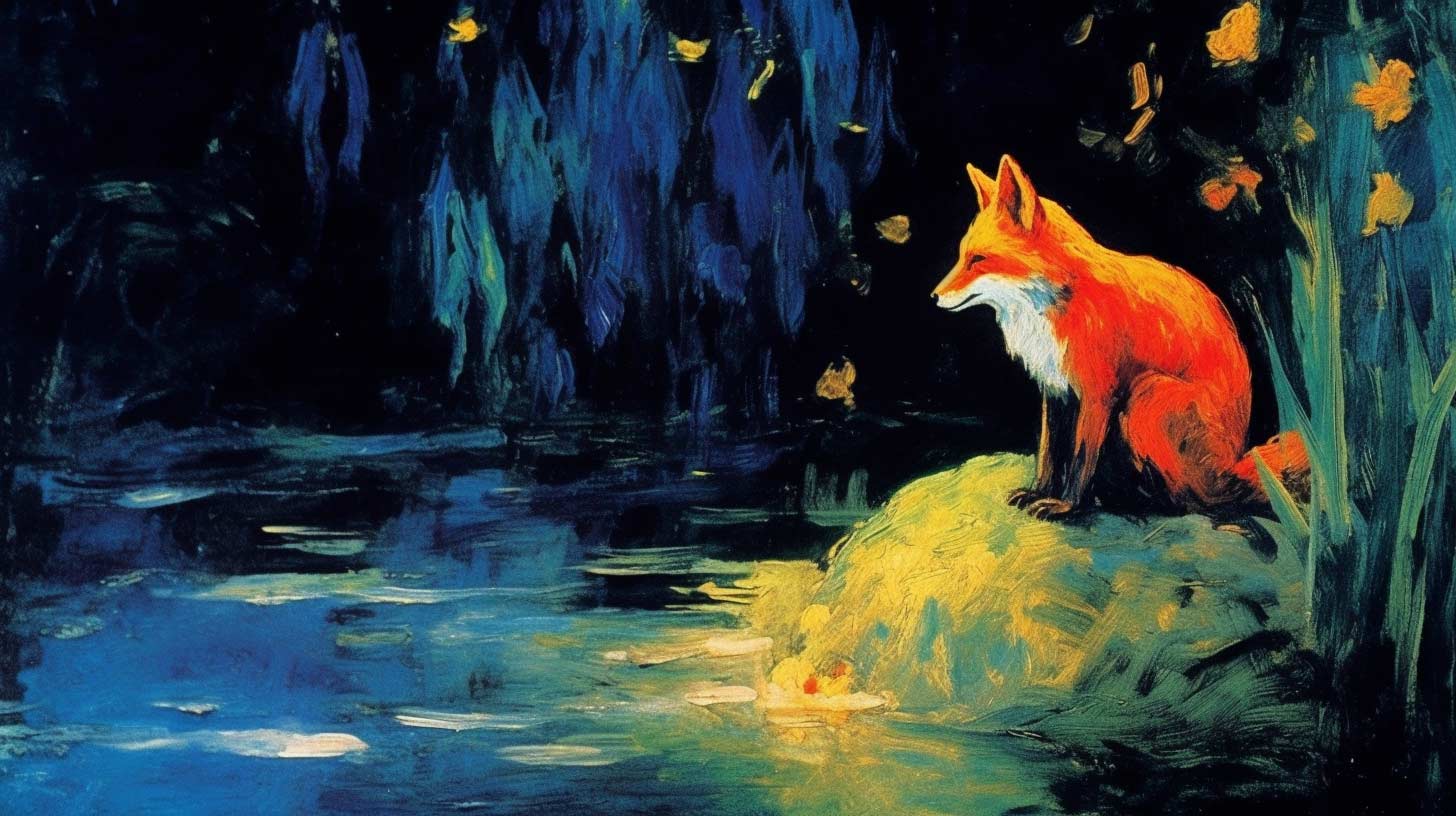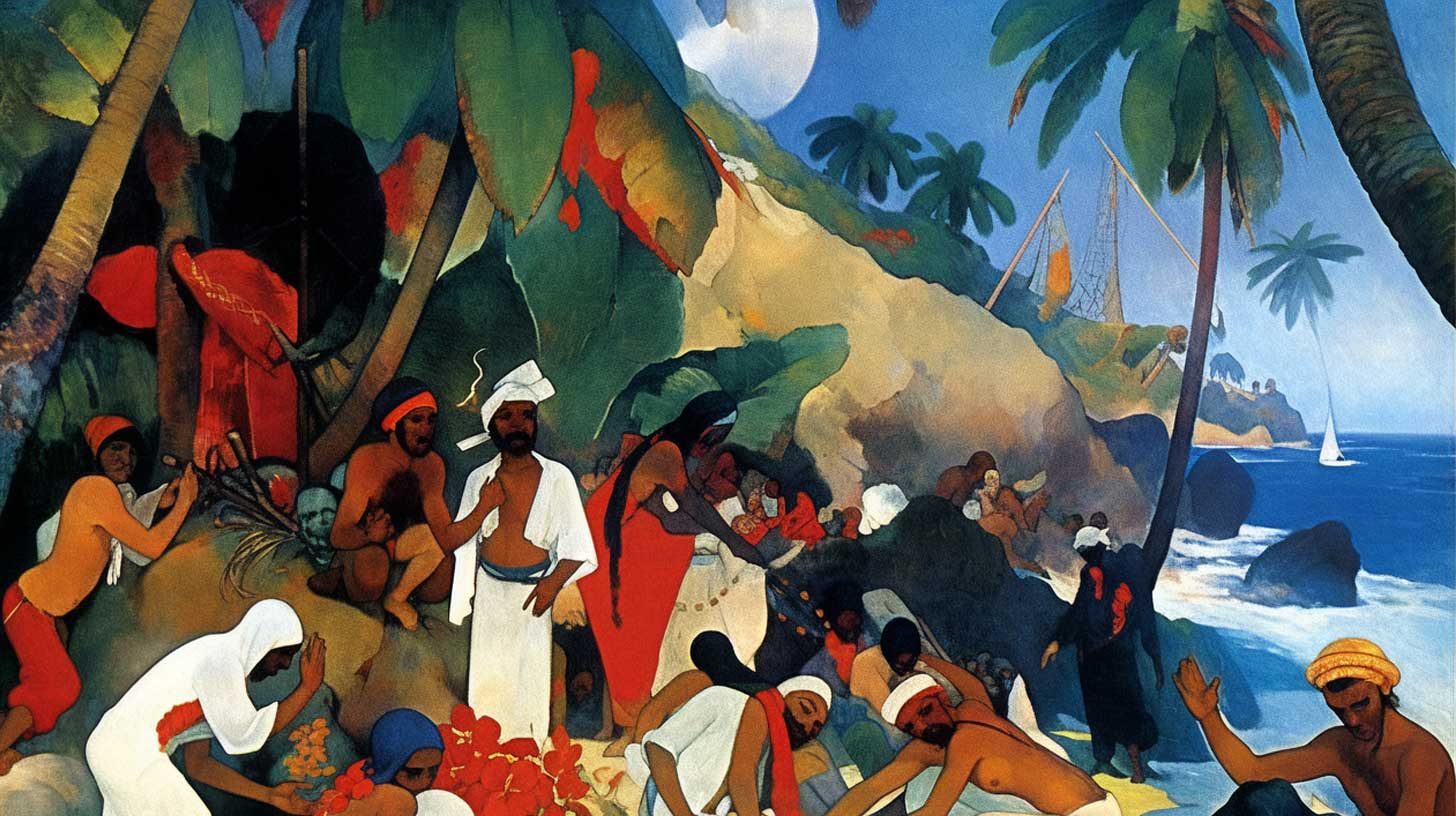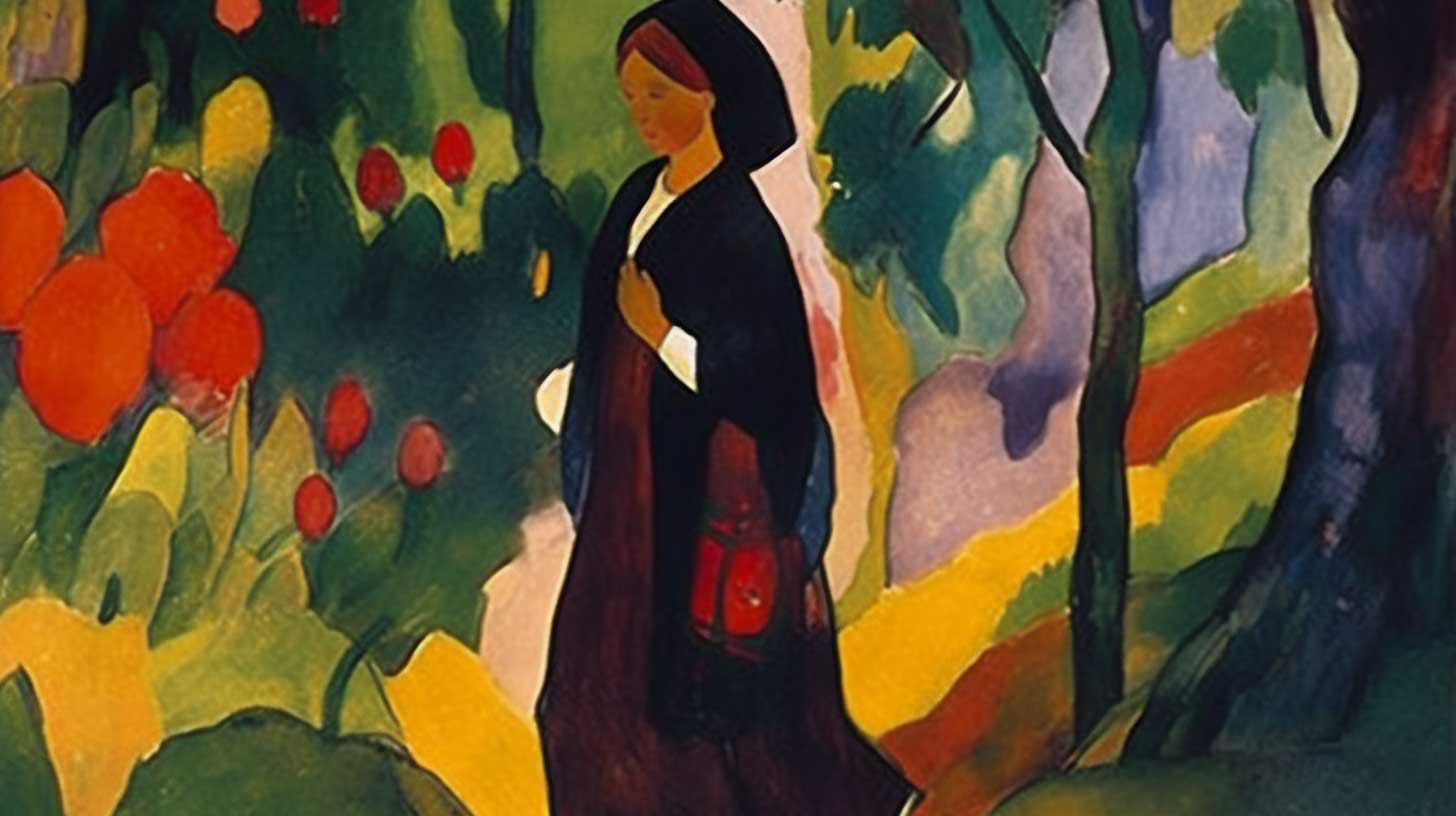Fables & Folktales
The Parable of the Engineering Professors On the Plane
This is a modern parable, or perhaps merely a joke. Either way, its origins are unknown, draping it the alluring shroud of mystery. This particular version was written by the fabulist Juan Artola Miranda.
Not so long ago, in a place not so far from here, there was a conference of engineering professors. These professors were invited to take a journey on a plane built as a tribute to their teachings. They were honoured, but as they settled into their seats, a messenger entered the cabin and announced that the plane had been constructed by their very own students.
Upon hearing this news, all the professors, except one, sprang up from their seats and dashed towards the exit, their hearts racing with fear. They clamoured and pushed to escape the aircraft, convinced it would plummet from the sky.
The last professor sat calmly in his seat, a slight smile playing on his lips. Curious and puzzled, the other professors hesitated, “Why are you not afraid?”
The professor replied, “I know my students, all their strengths and weaknesses, and I am certain that the engine will not even start.”
Hearing this, the other professors realized their colleague was right. They relaxed and went back to their seats.
The Fable of the Monkey & the Peas (Leo Tolstoy)
Leo Tolstoy is a renowned Russian writer, most famous for War & Peace and Anna Karenina, which are often used to torture youths. He also wrote a book of fables, in which this one was found. This is a retelling by Juan Artola Miranda.
Once upon a time, in a dense forest, a monkey discovered a handful of peas. Delighted with her find, she sat down to enjoy the delicious treat. As she was eating, she dropped one of the peas on the ground. A dastardly bird flying by noticed the fallen pea and swiftly picked it up in its beak.
The monkey, upon realizing the bird had taken the pea, became enraged. Her anger clouded her judgment, and she decided she could not let the bird get away with this theft. In her fury, the monkey began to throw the remaining peas at the bird, hoping to scare it away or perhaps hit it.
The bird, however, was much too quick for the monkey’s attacks. As the monkey hurled the peas, the bird simply darted around and picked them up, enjoying the unexpected feast. Finally, the monkey had thrown all the peas, leaving herself with nothing.
Note: In Tolstoy’s version, there is no bird. Instead, when the monkey drops a pea, it remains there on the ground, unmolested. However, when the monkey goes to pick up the pea, he drops the others. At that point, the monkey loses his temper, scattering the peas. He leaves in a rage.
The Citizen & the Traveller (Robert Louis Stevenson)
The Citizen and the Traveller is an old parable, perhaps first told by Robert Louis Stevenson (the author of Treasure Island and The Strange Case of Dr. Jekyll and Mr. Hyde). This is my own retelling, written in my own words.

A long time ago, far away from here, a weary traveller arrived at the gates of a bustling city. Drawn by the scents of various spices and two strong horses, he soon found himself in the heart of the city’s market.
As he wandered the market, he encountered a vendor selling exquisite silk garments. The silk trader, noticing the traveller’s foreign attire, greeted him warmly and boasted, “Welcome, stranger! Behold, you are now in the largest market in the world!”
The traveller, having journeyed to many lands, smiled gently and replied, “This market is indeed impressive, but I have been to Chang’an in China, and their market is much larger than this one.”
The vendor’s pride was slightly wounded, but he persisted, “Well, perhaps our market is not the largest, but it is surely the finest in quality and craftsmanship.”
The traveller shook his head and shared his experience of the Grand Bazaar in Constantinople, where the most skillful artisans gathered and displayed their masterpieces.
Growing increasingly irritated, the vendor proclaimed, “Well, we may not have the biggest or the finest market, but we have the warmest and most welcoming people in our city!”
Before the vendor could finish, the traveller interjected, “I am afraid you are mistaken again. The people in the city of—”
His words were cut short as a nearby fruit seller, now consumed with anger, struck the traveller down. Several nearby merchants had heard the whole thing. They rushed over to help. Together, they buried the traveller outside the city walls, where he belonged.
The Dog & the Shadow (Aesop’s Fables)
The Dog and its Reflection is one of Aesop’s fables. Although the exact origins and the historical existence of Aesop himself are debated, it is generally believed that he lived between 620 and 564 BCE in Ancient Greece. This is retelling by the disgraced fabulist Juan Artola Miranda.

Once upon a time, in a small village, there lived a dog who had found a large, juicy bone. Proud of his newfound treasure, the dog decided to take it to a safe place to enjoy it without any disturbance.
As the dog trotted along, he came across a narrow bridge over a calm stream. As he crossed the bridge, he looked down and saw what looked to be another dog, staring up at him from just underneath the water. It was his own reflection, of course, but the dog mistook it for another dog holding a large and alluring bone in its mouth.
Driven by greed and the desire to have both bones, the dog couldn’t resist the urge to steal the other dog’s bone away. He growled and snatched at the reflection.
But as soon as the dog opened his mouth to bark, the bone he had been carrying fell from his grasp and plunged into the stream below. The dog watched in despair as the bone was carried away by the current, lost forever.
On the bright side, the other dog had lost its bone as well.
A Beginner’s Guide to Jewish Parables & Folklore
Jewish parables, or “mashalim,” are short stories that have been used for millennia to convey moral lessons. They can be found in various sources, including the Hebrew Bible, the Talmud, and the Midrash, as well as in the teachings of prominent rabbis and Jewish philosophers.
My favourite Jewish parables, though, come from folklore. Almost all of them are humorous, ironic, or end with an unexpected twist. I’ll share some here. You’ll love them.
If you want to skip the history and go straight to the best parables, they’re at the bottom of the article.
Read MoreThe Two Wolves (Cherokee Fable)
The Two Wolves is a Cherokee fable about how our perspective shapes us as we grow older. This version of the fable was written by the disgraced fabulist Juan Artola Miranda.
In a time long ago, nestled deep within the heart of a vast Cherokee forest, there lived an old, wise elder named who spent his days teaching his grandson the ways of their people. One evening, as they sat around the crackling fire beneath a blanket of stars, the elder shared with the young boy a tale of great significance.
“My child,” began the elder, “within the heart of every person, there rages a fierce battle between two wolves. One wolf embodies love, kindness, empathy, and hope. Its fur is as white as the first snowfall, and its eyes gleam like the morning sun. The other wolf is filled with hatred, envy, anger, and fear. Its fur is as black as the darkest night, and its eyes glint like the embers of a dying fire.”
The elder paused, allowing his words to take root in the boy’s heart. With wide eyes, the grandson asked, “But grandfather, which of these wolves will triumph in the end?”
The elder leaned in closer, his voice soft and gentle, like a breeze rustling through the leaves. “The one you feed.”
The Elephant & the Rope (Modern Fable)
The Elephant and the Rope is a modern fable by an unknown author. It’s about underestimating your abilities because of past failures. After all, confidence is but a recollection of past successes and failures. This version of the fable is by Juan Artola Miranda.
A long time ago, in a faraway land, there lived a wise man who travelled from village to village, sharing his wisdom and knowledge with those who sought it. One day, while journeying through a remote village, the wise man came across a remarkable sight: a colossal elephant tethered to a small wooden stake by the very thinnest of ropes.
The wise man, intrigued by the sight, approached the elephant’s trainer to inquire about the situation. “Why is this gargantuan beast not breaking free from the rope?” he asked. “Surely, with its immense strength, the elephant could easily snap the rope and roam as it pleases.”
The trainer smiled and replied, “Ah, you see, when the elephant was just a calf, we tied it to a stake with a rope of the same size. At that time, it tried to break free. Many, many times. But it was not strong enough, and it eventually gave up. As the elephant grew, it continued to believe it could not break the rope.”
As he continued his journey, he shared the story of the elephant and the rope with the people he encountered, teaching them about the power of beliefs and how they can limit or empower us.
The Fable of the Fox & the Fish (Talmud)
The Parable of the Fox and the Fish (Babylonian Talmud, Berakhot 61b) is one of the more influential fables from the Talmud. It teaches the importance of considering one’s circumstances.
A long time ago, in a lush forest by a clear river, there lived a cunning fox. The fox was known for his wit and charm, and he loved to use these traits to trick the other animals in the forest.
One day, as the fox was wandering along the riverbank, he spotted a school of fish darting through the water. They swam gracefully, their shiny scales glinting in the sun as they moved together in perfect harmony.
The fox, always looking for an opportunity to outsmart others, hatched a plan. He approached the edge of the river and called out to the fish with a friendly tone, “Oh, dear fish, I have come to warn you of great danger lurking in these waters! There are fishermen with nets, eager to catch you and serve you up for their supper.”
The fish listened intently, eyes wide with fear. The fox continued, “But worry not, for I have a solution to keep you safe. Leave the water and join me on the riverbank. Together, we will be free from the fishermen’s grasp.”
The fish could see that the fox was indeed safe from fisherman, as well as all the other predators of the stream. However, they had heard of the fox’s reputation for deceit and trickery. The wisest fish among them spoke up, “Thank you for your concern, dear fox, but we know that you are a cunning creature, and we suspect your intentions may not be as noble as you claim.”
Undeterred, the fox pressed on. “Do not be so foolish!” he exclaimed. “If you remain in the water, you will certainly be caught and eaten. The river is such a dangerous place. Trust me, and come ashore. I assure you, there is safety on dry land.”
The wise fish replied calmly, “You may be able to deceive other animals, but we understand the truth. The land may be safe for you, but not for us.”
The Parable of the Shipwrecked Sailors (a Jewish Parable)
The Parable of the Shipwrecked Sailors (Babylonian Talmud, Sanhedrin 98a) is one of the most important Jewish parables. It teaches that certain things may go unappreciated by those struggling to survive. This is a modern retelling by Juan Artola Miranda.
A long time ago, in a faraway land, a ship set sail on a great voyage across the vast sea. The vessel was filled with sailors eager for adventure and dreaming of exotic treasures. As they journeyed, the sky grew dark, the sea grew rough, and a fierce storm fell upon the ship. As the men were thrown from the decks, the tempest opened its mouth wide and swallowed the ship whole.
The sailors found themselves marooned on a desolate island, their spirits dampened by the loss of their ship and the uncertainty of their fate. Each day, they scoured the island, searching for food, water, and shelter to ensure their survival. They barely scraped by, but they scraped by.
One day, as the sailors were exploring the island, one of them stumbled upon a hidden cove. To his amazement, the cove was filled with a treasure trove of exquisite pearls, iridescent in the sunlight. The sailor, realizing the immense value of these pearls, hurried back to his comrades to share the incredible discovery.
However, to his dismay, the other sailors were uninterested in the precious pearls. They were so consumed by their search for food that they dismissed the pearls as a foolish and perhaps fatal distraction.
The sailor who discovered the pearls was saddened by his companions’ indifference, but he was not deterred. He understood that the pearls were a priceless treasure that could transform their lives and provide for them beyond their wildest dreams. Determined, he set out to collect as many as he could, certain their true value would soon be recognized.
As time passed, the sailor’s collection of pearls grew, and his faith in their worth remained unwavering. Eventually, the day came when the sailors were rescued from the desolate island, and they returned to their homeland. When they arrived, the sailor who had collected the pearls sold them for a fortune, allowing him to live a life of abundance and comfort. Or perhaps he died of starvation on that island, and it was another man who sold the collection of pearls. The records are unclear.
The Parable of the Wise Woman of Tekoah (Old Testament)
The Parable of the Wise Woman of Tekoah (2 Samuel 14) is one of the more influential parables found in the Old Testament. The story illustrates the importance of wisdom, compassion, and reconciliation. This is a modern retelling by Juan Artola Miranda.
Once upon a time in a kingdom filled with strife, there lived a wise woman from the town of Tekoah. Her wisdom and insight were known far and wide, and many sought her counsel in times of trouble.
In this kingdom, there was a great king named David who ruled with a fair hand. He had a son named Absalom, with whom he had a bitter falling out. The rift between father and son was so deep that Absalom had fled the kingdom, and for many years, they had remained apart, hearts hardened against each other.
The wise woman of Tekoah heard of the sad state of affairs between the king and his son. She saw the pain that it brought not only to them but to the entire kingdom. Moved with compassion, she decided to take action and help reconcile the father and son.
With a carefully devised plan in mind, the wise woman journeyed to the king’s palace. She sought an audience with King David, and upon being granted permission, she approached him with a somber face, as though weighed down by great sorrow.
“Oh, my lord,” she began, “I am a widow, and I am in great distress. My husband has passed away, and I am left with two sons. They fought against each other in the fields, and with no one to intervene, one of them struck the other and killed him.”
The king listened intently as the wise woman continued her story, her voice filled with grief.
“Now, my entire family demands that I hand over my remaining son to be executed for his brother’s death. If he is taken from me, my husband’s name and legacy will be extinguished. I beg you, my lord, to protect my only surviving son.”
King David, moved by the woman’s plea, assured her that he would intervene on her behalf and prevent the execution of her son.
But the wise woman of Tekoah was not finished. With great courage, she turned the king’s words back upon him, saying, “Why, then, my lord, do you hold a grudge against your own son, Absalom? Just as you have shown mercy to me, should you not also show mercy to your son and welcome him home?”

